
Future, Past, Present Wooden Signpost, Roadsign with Three Arrows Stock Image Image of
A verb's tense tells us the point in time when an action or event took place. The word tense comes from the Latin tempus, "a portion of time". We can think of tenses as slices of time. The three main tenses in English are the present tense, past tense and the future tense. The first sentence describes what takes place currently in the.

PRIMARY 6 PASTPRESENTFUTURE
Verb tense indicates when the action in a sentence is happening (e.g., in the present, future, or past). Regular verbs follow a standard pattern when conjugated according to tense. Look at the examples below: Conjugation of the regular verb to live (based on tense): Simple Present: Simple Past: Simple Future: live:

Past Present Future Wallpaper
The past, present, and future are the central divisions of time in English. The present represents actions happening now, while the past represents actions that happened earlier, and the future describes actions that will happen later. Simple tense

past present future graphic Emily J Hooks
The form of verbs indicates whether actions are taking place in the past, present or future. In these grade 1 grammar worksheets students are given sentences and asked if the actions described are happening in the past, present or future. Classify: Worksheet #1 Worksheet #2. Worksheet #3.
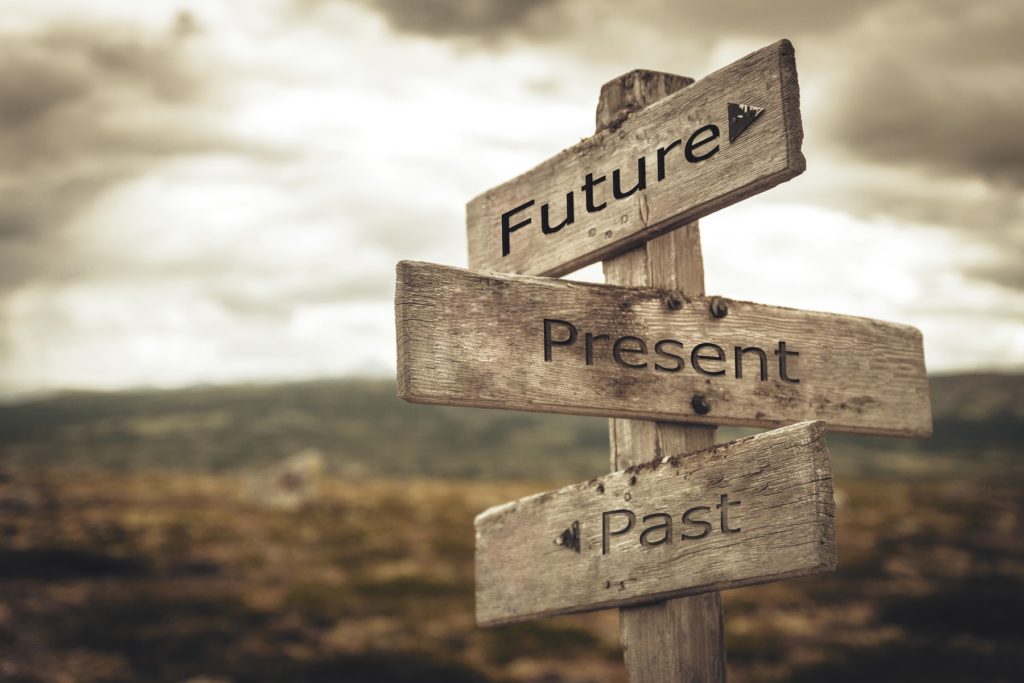
Are you living in the past, present or future? Cheri Alguire, Coach Author Trainer
Past, Present & Future Past Tense. This tense is used to refer to something that happened in the past. Sometimes, past tense is also called as 'simple past tense'. Example: We stayed in a hotel. Past continuous tense: This type of past tense is used to describe an event or occurrence that is ongoing or continuing in the past.
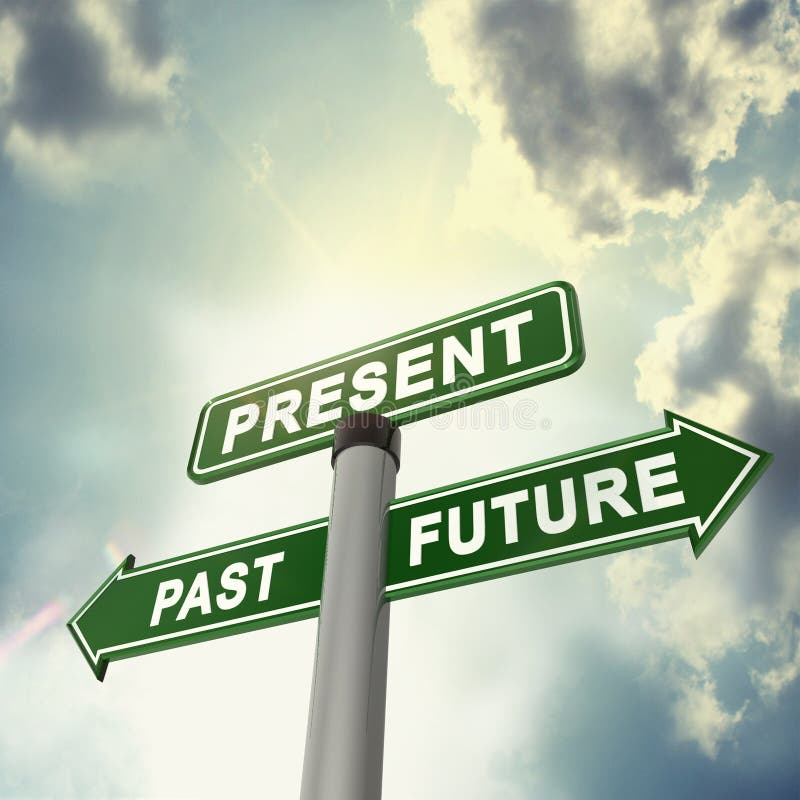
Signboard Past, Present and Future Stock Illustration Illustration of future, progress 32780039
Past, Present, and Future Are Simple Tenses Cameron Norman/Flickr/CC BY 2.0 By Kenneth Beare Updated on June 12, 2019 Simple tenses in English are used to make basic statements about habits, events that happened, or what will happen in the future. Present Simple The present simple is used to express daily routines and habits.
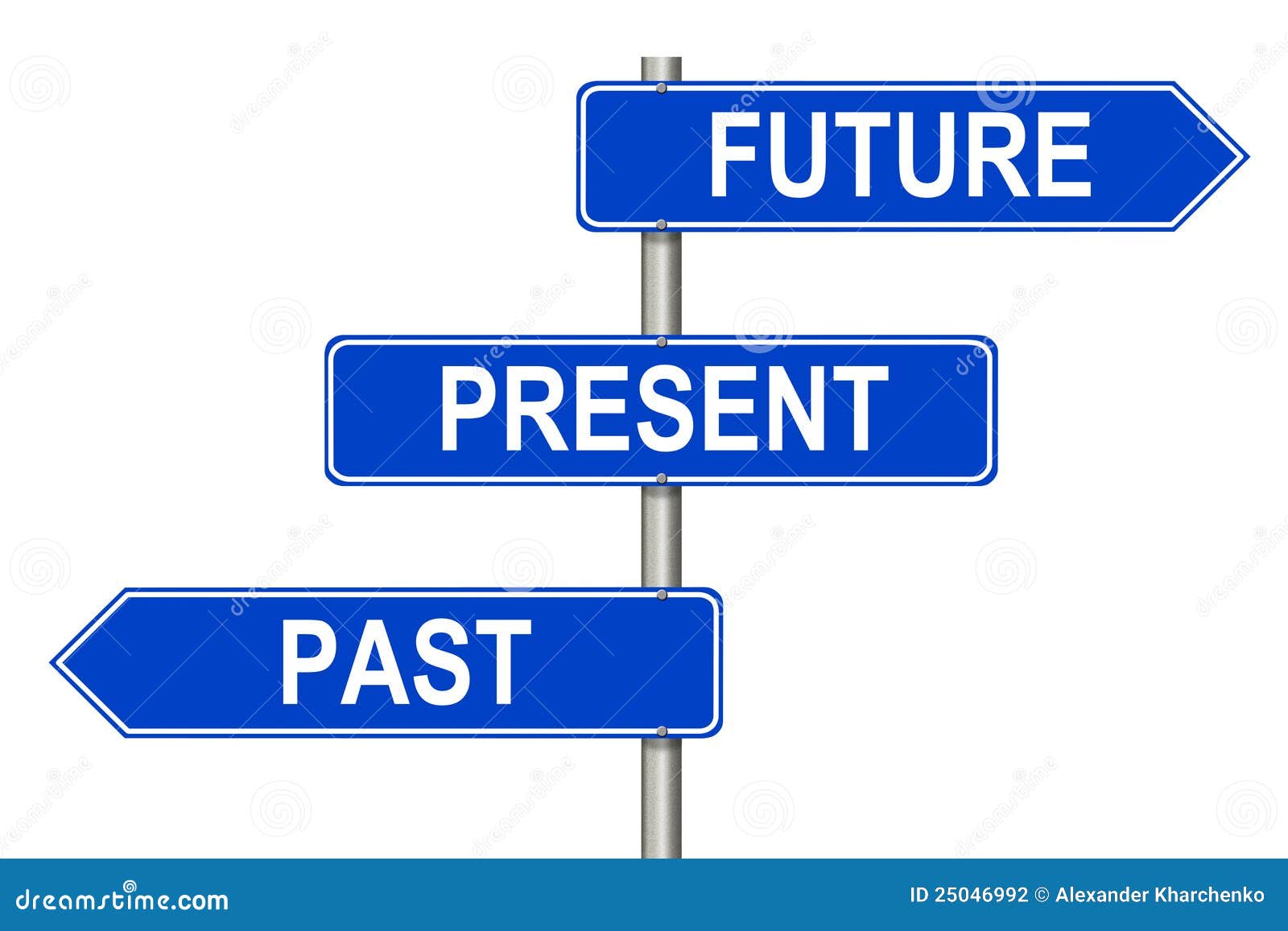
Past Present Future Sign Stock Photography Image 25046992
Verbs: Past, Present, & Future Tenses Helping With Verbs: Home > Lessons > Past, Present, & Future Past, Present, & Future Tenses Verbs tell us the time that an action in a sentence happened. The time that a verb shows is called tense. The most common tenses in the English Language are past tense, present tense and future tense.

Past Present Future Signpost Against Blue Sky Stock Animation 6360273
Most Common Verb Tenses in Academic Writing. According to corpus research, in academic writing, the three tenses used the most often are the simple present, the simple past, and the present perfect (Biber et al., 1999; Caplan, 2012). The next most common tense for capstone writers is the future; the doctoral study/dissertation proposal at.
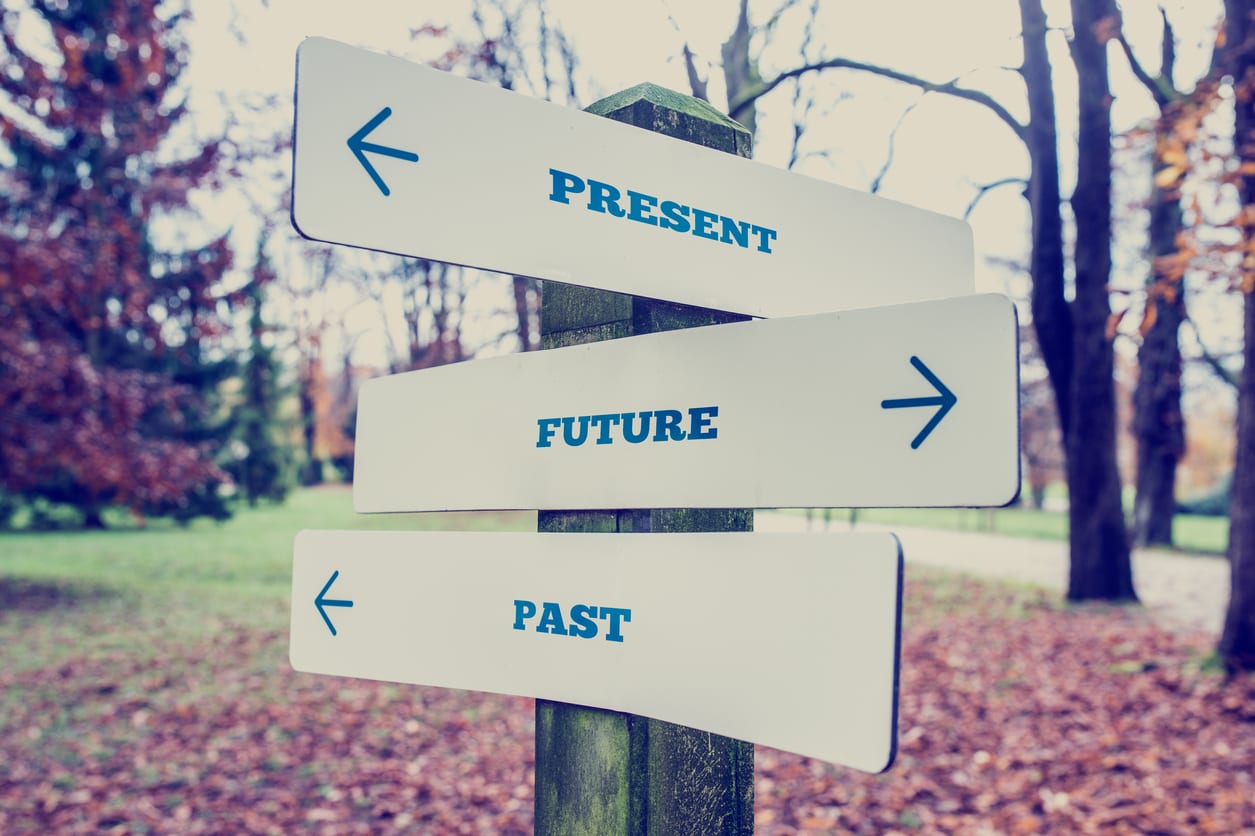
Past/Present/Future Tense Louise Thompson, Life Coach, Wellbeing Writer and Speaker
👉Free English Video Classes and Community ChatJoin our WhatsApp: https://forms.gle/ogU1L5aws55DQLDf8QUIZ: https://shawenglish.com/quizzes/12-tenses-english-.

Past, present and future A Blind Man's Search For Enlightenment
1. Simple Past: "Betty taught for ten years." This means that Betty taught in the past; she is no longer teaching. 2. Present Perfect: "Betty has taught for ten years." This means that Betty taught for ten years, and she still teaches today.
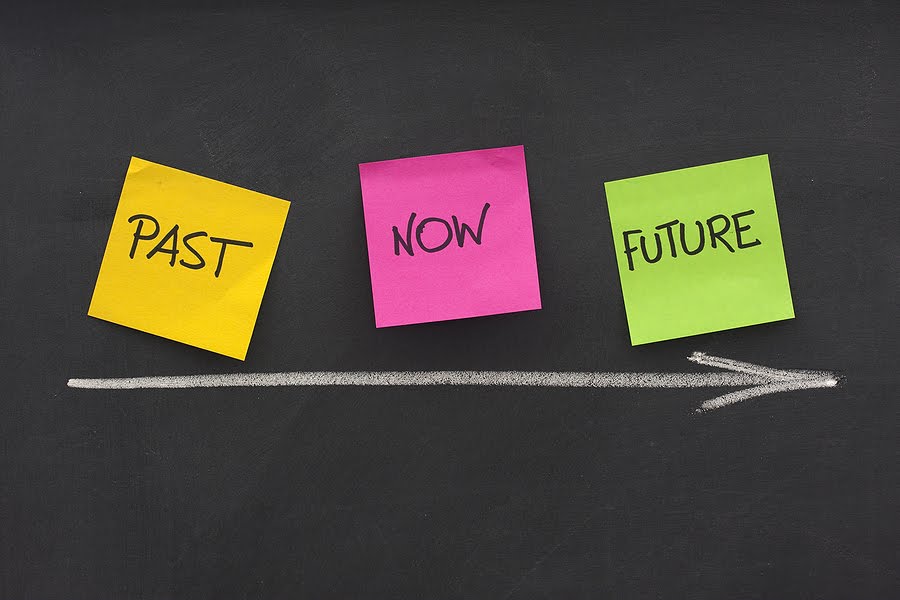
Past, Present And The Future Marketing [INFOGRAPHIC] / Digital Information World
There are three basic tenses in English: present, past, and future. Verb tense is formed based on a sentence's main verb and the auxiliary words around that verb. Now, there are four aspects of each tense: Simple. Expresses a simple fact. Tony runs quickly. He runs, in general, declarative terms. Progressive.

English Resources for Children Future Simple Practice
Verb tenses allow verbs to express when an action occurred (past, present, or future). For example, in the verb "talk" in can be expressed as something happening in the past ("talked"), in the present ("talk"), or in the future ("will talk"). Questions Tips & Thanks Want to join the conversation? Sort by: Top Voted Vinicius Barbosa 8 years ago

What is past ,present and future ! ScienceFreak
Verb tenses are grammatical forms that indicate the time an action took place—either in the present, past, or future. In addition to conveying time, verb tenses also include grammatical aspects that provide vital information about continuity or completion.

TENSES PRESENT, PAST, FUTURE Teaching Resources
Grammar Examples What is verb tense? Verb tense identifies when the action of a sentence takes place - the past, present, or future. The action in a sentence (also known as the time frame) has either happened, is happening, or will happen. Each verb tense has its own set of grammar rules.

Past Present Future Tense Activity • Have Fun Teaching
The conjugator uses conjugation rules for irregular verbs and models. You can click on the corresponding sections to learn more. Modals such as "will" and "should" are also included. The page British and American English highlights some important usage differences. The conjugator allows you to conjugate any verb as long as it corresponds to an.
/directional-sign-with-past-future-present-words-184383967-5c7733b4c9e77c000136a698.jpg)
Lektionsplan Forskelle mellem fortid og nutid
100 Words Past Present Future Tense Base Form - V1 Past Simple - V2 Past Participle - V3 abide abode abode arise arose arisen awake awoke awoken be was/were been bear bore born beat beat beaten beget begot begotten begin began begun bend bent bent bereave bereft bereft beseech besought besought bespeak bespoke bespoken bestride bestrode bestrided bet bet bet bid bade/bid bidden/bid bind.